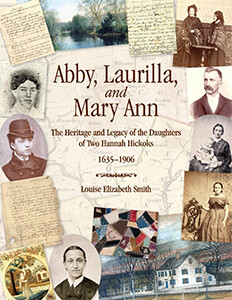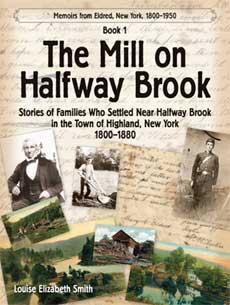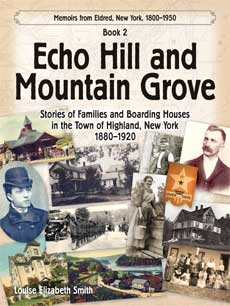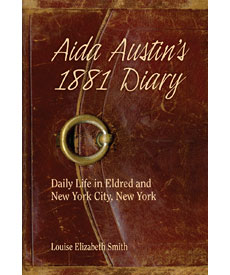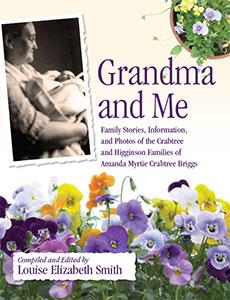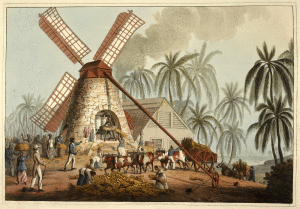
English, Irish, and Scottish indentured servants did the majority of work on Barbados Plantations, until the 1640s.
Unable to compete with tobacco from Virginia, Barbados Plantations switched to raising sugar cane which was in demand for tea, coffee, and cocoa.
Processing sugar cane required intense labor and many workers. After the harvested cane was crushed, the juice was cooked down in dangerous boiling houses. The result was a coarse brown sugar called muscovado, and molasses.
The increasing request for sugar and molasses accelerated a demand for more Slaves and free labor.
Around 1650 Connecticut merchants, including those from Wethersfield and Hartford, invested in ships to trade Connecticut goods with Barbados for sugar and molasses.
In Connecticut molasses was made into rum, shipped to Africa, and sold to buy more Africans, who were sent on ships across the Atlantic, to be enslaved on sugar cane plantations. This was one of several horrific Atlantic Slave Trade triangles. New England ships continued to exchange farm and other products for West Indies sugar and molasses.—from connecticuthistory.org.
France, Netherlands, and Spain also used Slaves to harvest sugar on the West Indies Islands they owned. Around 1660 the British Parliament began passing Navigation Acts (which were rarely enforced) to regulate colonial trade. All trade to and from the Colonies was to be on British ships.
In the 1700s Great Britain tried to tighten its economic hold on their colonies by imposing taxes—one of the offenses that led to the American Revolution.
(In 1700 Barbados had 15,000 free Whites and 50,000 African Slaves.
—wikipedia.org.)


